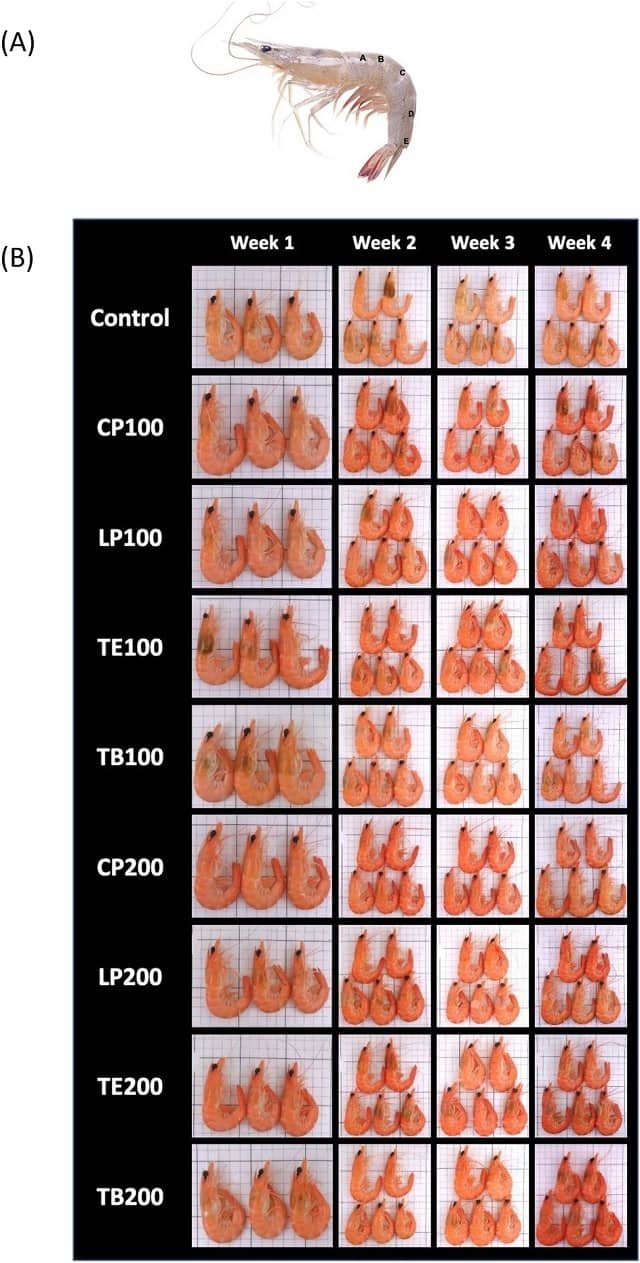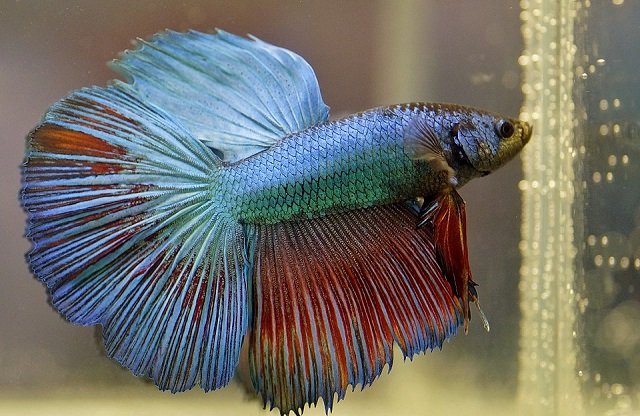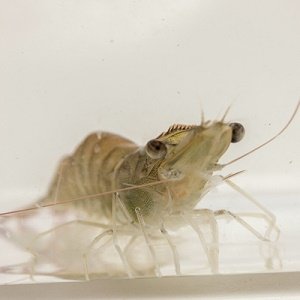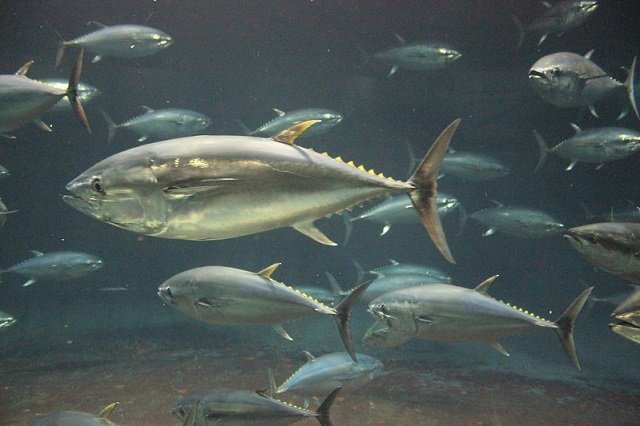
For the Pacific white shrimp (Litopenaeus vannamei) industry, ensuring high-quality postlarvae production depends directly on the reproductive performance of the broodstock. Lipid nutrition is, perhaps, the most critical factor in this process. Both cholesterol (CHO) and phospholipids (PL) are known to be essential, but understanding how they interact has been a challenge.
Unlike other animals, crustaceans cannot synthesize cholesterol on their own and, although they can produce some phospholipids, the amount is insufficient for the high demands of ovarian maturation. Therefore, both must be supplemented in the diet.
A new study by researchers from Hainan University, East China Normal University, and Hainan Zhongzheng Aquatic Science and Technology Co., Ltd., published in the journal Aquaculture, delves into the synergistic effects of these two lipids. The research not only sought the ideal ratio but also deciphered the metabolic mechanisms that this combination optimizes, from fat accumulation to hormonal synthesis.
Key conclusions
- 1 Key conclusions
- 2 Why are cholesterol and phospholipids vital?
- 3 Designing the perfect diet: The study’s methodology
- 4 The main finding: The 1% cholesterol and 4% phospholipid ratio
- 5 Synergy in action: Hormones and vitellogenesis
- 6 Beyond lipids: What did the metabolic analysis reveal?
- 7 Conclusion: A refined nutritional strategy for broodstock
- 8 Entradas relacionadas:
- The study determined that a diet with 1% cholesterol (CHO) and 4% phospholipids (PL) yields the best ovarian maturation performance in female L. vannamei.
- Cholesterol acts primarily as the “driver” for the synthesis of steroid sex hormones, such as estradiol (E2) and progesterone (P4).
- Phospholipids (using soy lecithin) are crucial for the accumulation and mobilization of lipids (energy) in the hepatopancreas and ovaries.
- The optimal combination (1% CHO + 4% PL) suppressed the gonad-inhibiting hormone (GIH) and significantly enhanced the expression of key genes for vitellus (yolk) formation, such as vitellogenin (LvVg1) and its receptor (Lv-VgR).
- Metabolic analysis confirmed that this synergy also optimizes key metabolic pathways, providing essential amino acids and fatty acids for ovarian development.
Why are cholesterol and phospholipids vital?
In shrimp reproduction, these two lipids have distinct but complementary roles:
- Cholesterol (CHO): It is the direct precursor for steroidogenesis—that is, the production of key steroid hormones like estradiol (E2) and progesterone (P4), which regulate oocyte maturation.
- Phospholipids (PL): They are the fundamental structural components of cell membranes in the rapidly developing ovaries. Furthermore, they act as essential vehicles for absorbing and transporting other lipids (including cholesterol) from the hepatopancreas to the ovaries, where the vitellus (yolk) will accumulate.
The study hypothesizes that individual supplementation of one or the other is not as effective as finding the correct synergistic balance between them.
Designing the perfect diet: The study’s methodology
To find this nutritional “sweet spot,” researchers designed a 28-day feeding trial with female L. vannamei broodstock (with an average initial weight of 40.2 g).
Seven semi-purified diets were formulated:
- A Control group (no CHO or PL supplements).
- Six diets in a 2 x 3 factorial design:
- 1% Cholesterol (C1) combined with 2% (P2), 4% (P4), or 6% (P6) phospholipids.
- 2% Cholesterol (C2) combined with 2% (P2), 4% (P4), or 6% (P6) phospholipids.
Soy lecithin, a common ingredient in aquafeeds, was used as the phospholipid source.
Stay Always Informed
Join our communities to instantly receive the most important news, reports, and analysis from the aquaculture industry.
During the trial, key parameters were measured, such as the Gonadosomatic Index (GSI, the weight of the ovaries relative to body weight) and the Hepatosomatic Index (HSI, an indicator of energy reserves), as well as lipid levels, hormones, and the expression of reproductive genes.
The main finding: The 1% cholesterol and 4% phospholipid ratio
The results demonstrated a clear synergistic interaction between CHO and PL, and one group stood out above all others: C1P4 (Diet with 1% Cholesterol and 4% Phospholipids).
This group not only outperformed the control but also the other combinations, including those with higher levels of cholesterol (C2) or phospholipids (P6).
Impact on ovarian development (GSI and HSI)
The GSI and HSI are the most direct physical indicators of maturation. The C1P4 group recorded the highest values for both GSI and HSI.
This was visually confirmed through histology. The ovaries of the C1P4 group showed greater deposition of vitellus (yolk) granules and a more orderly distribution of cortical rods, indicating more advanced and healthier ovarian maturation compared to the other groups.
Lipid accumulation and transport
Ovarian maturation is a process that demands an immense amount of energy, which is stored as lipids (triglycerides – TG) and total cholesterol (T-CHO).
The study found that phospholipids (PL) were the main driver of lipid accumulation in the ovaries. Again, the C1P4 group showed the highest levels of TG and T-CHO in both the hepatopancreas (the reserve “factory”) and the ovaries (the final destination).
Furthermore, this diet (C1P4) significantly boosted serum levels of low-density lipoproteins (LDL) and very-low-density lipoproteins (VLDL). These lipoproteins are the “transport trucks” that mobilize lipids from the hepatopancreas, through the hemolymph, to the ovary. More LDL and VLDL mean a more efficient logistics and energy delivery system for yolk formation.
Synergy in action: Hormones and vitellogenesis
If the C1P4 group improved the structure (GSI) and fuel (lipids), the next step was to see how it affected the “signals” (hormones) and the “machinery” (genes).
More reproductive hormones, less inhibition
Cholesterol proved to be the key regulator of sex hormones. Levels of 17β-estradiol (E2) and progesterone (P4) were significantly higher in the groups with 1% CHO.
The C1P4 group achieved the best balance, presenting the highest levels of E2 and P4 of all treatments.
Simultaneously, CHO and PL supplementation significantly suppressed levels of the gonad-inhibiting hormone (GIH). In essence, the C1P4 diet “released the neuroendocrine brake” (GIH) while simultaneously “pressing the hormonal accelerator” (E2 and P4), facilitating maturation.
Optimizing vitellus (yolk) synthesis
Vitellogenesis is the process of producing vitellogenin (Vg), the main yolk protein. It is primarily produced in the hepatopancreas (LvVg1-H) and absorbed by the ovary (LvVg1-O) via a specific receptor (Lv-VgR).
Here, the synergy was notable. The C1P4 group showed significantly higher expression of LvVg1 in the ovary and of the Lv-VgR receptor. This suggests that, while the hepatopancreas always produces vitellus, the optimal diet dramatically improves the ovary’s ability to synthesize its own vitellus and, crucially, to absorb the vitellus transported from the hepatopancreas.
Beyond lipids: What did the metabolic analysis reveal?
To understand the complete picture, the researchers compared the serum metabolic profile of the C1P4 group with that of the Control group.
The results showed that the optimal diet (1% CHO + 4% PL) not only provided lipids but also upregulated multiple essential metabolic pathways:
- Amino acid metabolism: Levels of L-valine and L-aspartic acid increased. These amino acids are fundamental for protein synthesis, including vitellogenin itself.
- Fatty acid metabolism: Levels of linoleic acid and gamma-linolenic acid increased, providing additional energy substrates for ovarian development.
- Arachidonic acid pathway: The diet modulated this pathway, promoting the production of metabolites like prostaglandin H2 (PGH2) and 8-HETE. These compounds are known to improve the synthesis efficiency of steroid hormones (P4 and E2).
In summary, the 1:4 synergy optimizes the entire metabolic supply chain needed to build a mature ovary.
Conclusion: A refined nutritional strategy for broodstock
This study offers a clear and applicable conclusion for the nutrition of L. vannamei broodstock: balance is more important than individual quantity.
While cholesterol (CHO) directly drives the production of reproductive hormones, phospholipids (PL) manage energy accumulation and lipid metabolism. Their combined action in an optimal ratio of 1% cholesterol and 4% phospholipids (using soy lecithin) enhances the entire maturation network: it increases lipid reserves, improves energy transport (LDL/VLDL), elevates key hormones (E2/P4), suppresses inhibition (GIH), and optimizes the yolk synthesis machinery (LvVg1/Lv-VgR).
These findings provide a solid scientific basis for refining broodstock diets, improving reproductive efficiency and the sustainability of shrimp production.
Contact
Erchao Li
Institute of Advanced Agricultural Science and Technology, School of Life Sciences, East China Normal University
Shanghai 200241, China
Email: ecli@bio.ecnu.edu.cn
Reference
Liang, X., Zhang, L., Chang, T., Wang, B., Zhang, C., Han, F., Xu, C., & Li, E. (2026). Evalution of the synergistic effects of cholesterol and phospholipid on ovarian lipid accumulation, steroidogenesis and vitellogenesis in female broodstock in the Pacific whiteleg shrimp, Litopenaeus vannamei. Aquaculture, 613, 743351. https://doi.org/10.1016/j.aquaculture.2025.743351
Editor at the digital magazine AquaHoy. He holds a degree in Aquaculture Biology from the National University of Santa (UNS) and a Master’s degree in Science and Innovation Management from the Polytechnic University of Valencia, with postgraduate diplomas in Business Innovation and Innovation Management. He possesses extensive experience in the aquaculture and fisheries sector, having led the Fisheries Innovation Unit of the National Program for Innovation in Fisheries and Aquaculture (PNIPA). He has served as a senior consultant in technology watch, an innovation project formulator and advisor, and a lecturer at UNS. He is a member of the Peruvian College of Biologists and was recognized by the World Aquaculture Society (WAS) in 2016 for his contribution to aquaculture.




